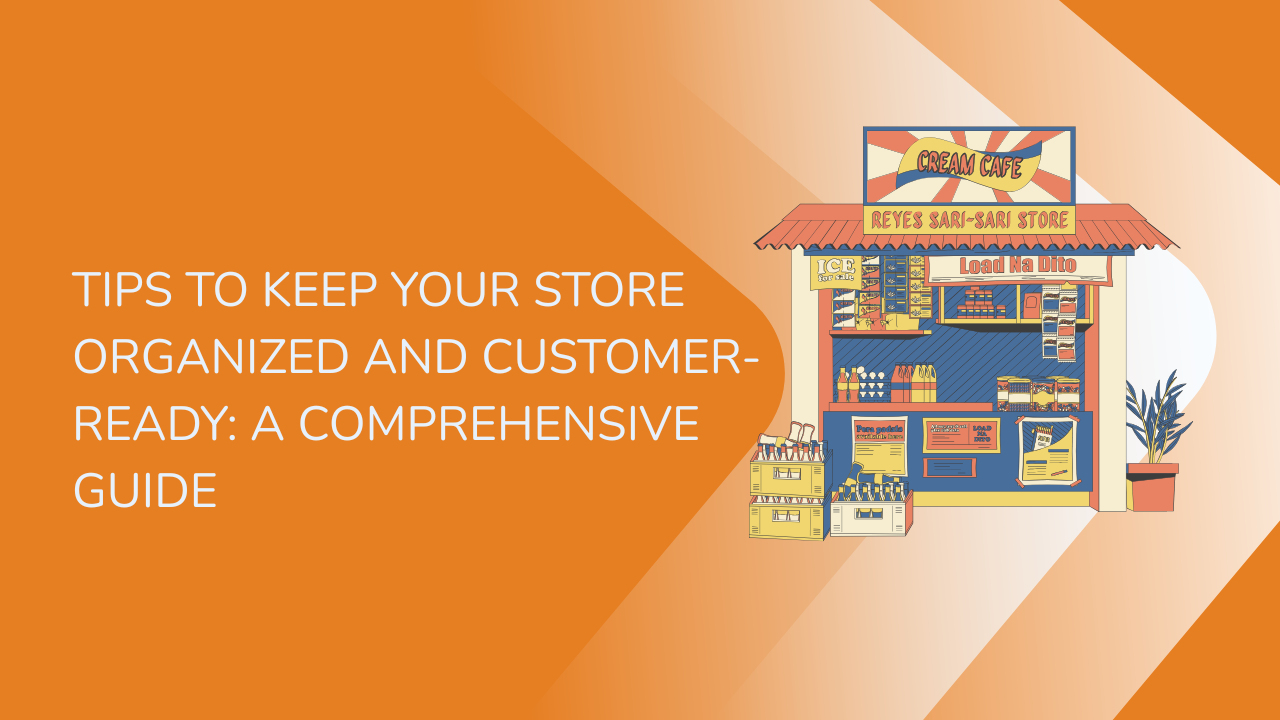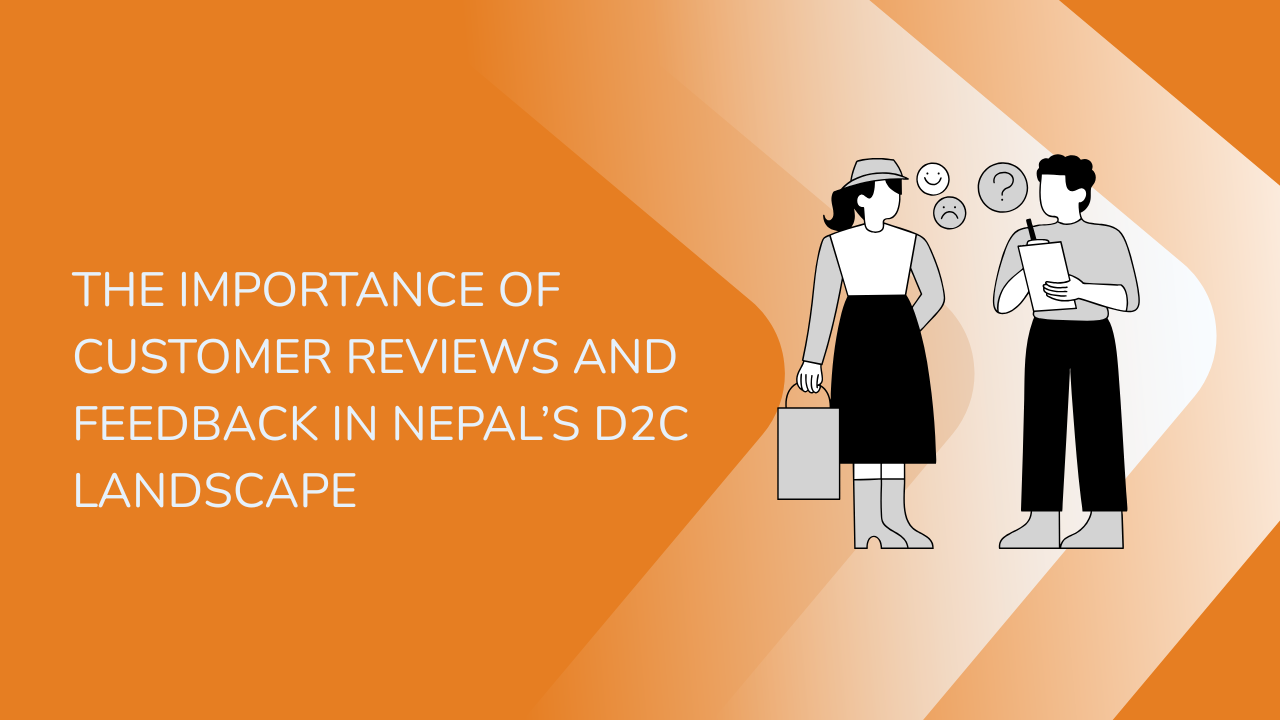Share this Article
Pricing is one of the most critical elements of running a successful e-commerce business. It’s more than just choosing numbers that cover your costs and give you profit—it’s about strategically positioning your brand, staying competitive in the market, and understanding how customers make purchasing decisions. In Nepal’s growing digital marketplace, where consumers are increasingly price-conscious and informed, setting the right prices can make or break your online store. This guide dives into advanced pricing strategies that will help your business thrive in the long run while staying competitive.
1. Calculate and Analyze Your True Costs
Before setting a price, you must fully understand your cost structure. A basic markup strategy might overlook hidden costs and lead to underpricing. A more strategic pricing model starts with a complete breakdown of all expenses. Begin by calculating your direct costs—these include the cost of goods sold (COGS), such as manufacturing, importing, or sourcing products. In the Nepali context, don’t forget to account for import duties, raw materials, and terms agreed upon with local or international suppliers.
Next, factor in logistical costs. Delivery charges in Nepal can vary widely, especially due to challenging infrastructure in rural areas. Consider all logistics-related expenses including shipping fees, packing materials, and costs of working with courier services like Daraz Express, Pathao, or your own fleet. Also, operational expenses must be included. These can be recurring costs like website hosting, payment gateway fees (from eSewa, Khalti, etc.), and subscriptions for customer service or order management tools.
Marketing costs are another vital component. Whether you’re investing in Facebook and Google Ads, influencer collaborations, or SEO, your prices must cover these expenses. If you fail to include them, you might make sales without seeing actual profit.
2. Conduct In-Depth Competitive Analysis
After understanding your costs, the next step is to study your competitors. This is crucial in the digital market where customers can compare prices in seconds. You should analyze both direct competitors like Daraz Nepal, SastoDeal, or HamroBazar and indirect competitors like physical retail stores or international platforms.
Your pricing should reflect your brand’s positioning. Are you trying to be a budget brand, a premium name, or a niche player offering unique items? Pricing too low while claiming to be premium can confuse customers and damage your brand image. On the other hand, if your product offers better quality, more attractive packaging, or superior service, you can justify higher prices. However, your value proposition must be communicated clearly so customers understand what they’re paying for.
3. Understand the Psychology of Pricing
Pricing is not always logical; it’s heavily influenced by customer psychology. Knowing how shoppers perceive prices can help increase conversions. A commonly used tactic is charm pricing—setting prices at NPR 999 instead of NPR 1000 to make the product appear cheaper. Another technique is anchoring, where you show a higher-priced product first to make your regular offering seem like a great deal. You can also use decoy pricing, where you add a third, unattractive option just to guide the buyer toward your ideal price point.
Understanding these pricing tactics and applying them smartly on your product pages can influence customer behavior and improve your conversion rates.
4. Choose an Advanced Pricing Strategy
Different businesses require different pricing strategies. Dynamic pricing is one effective method, where prices change based on demand, competition, or season. For example, during Dashain and Tihar, product demand increases, allowing you to raise prices temporarily.
Penetration pricing is a great approach for new businesses. You start with low prices to attract a large customer base and increase brand awareness, then gradually raise prices as your brand gains loyalty. Price skimming is another option, especially for premium or innovative products like tech gadgets. Here, you start with high prices and reduce them over time as competition increases.
For digital products or services like software, a freemium model could work well—offering a free basic version and charging for premium features. This model is effective for SaaS platforms and online learning apps, which are gaining popularity in Nepal.
5. Embrace Technology for Pricing Automation
Manually updating prices is outdated and inefficient. Today’s e-commerce environment demands smarter tools. AI-based platforms like Wiser or PriceLabs can adjust your prices in real time based on competitor data, demand, or user behavior. You can also use analytics tools like Google Analytics or even Amazon Seller Central to understand customer trends.
Integrating APIs into your e-commerce store allows for automated pricing updates. This is especially useful in fast-moving product categories like electronics or fashion, where prices need to stay competitive.
6. Build a Value-Based Pricing Model
Value-based pricing focuses on what your customers are willing to pay based on the value your product brings them. Instead of just focusing on costs or competitors, this strategy requires you to deeply understand your customer’s needs, pain points, and desires.
Ask yourself what problems your product solves. For example, if you sell organic local produce, customers may value freshness and support for local farmers—justifying a higher price. If you’ve built a trustworthy brand that consistently delivers quality, customers may be willing to pay a premium. Highlight what makes your product unique—ethical sourcing, handmade craftsmanship, or better durability—and price accordingly.
7. Implement Pricing Experiments
Even the best pricing strategy can benefit from testing. Use A/B testing to offer different price points to different customer groups and see which one performs better. Tools like Google Optimize or Optimizely can help you run these experiments.
Track how pricing changes affect sales, profit margins, and customer satisfaction. After each experiment, gather feedback through reviews or surveys to understand how customers perceive your pricing. Over time, these insights will help you fine-tune your strategy for maximum profitability.
8. Regularly Review and Adjust Your Pricing
E-commerce is dynamic, and so is pricing. Set a schedule to review your prices at least once every quarter. Monitor cost changes, inflation, competitor moves, and shifts in customer preferences. You should also conduct elasticity analysis to measure how sensitive your customers are to price changes. For products that are price-sensitive, even small price changes can impact sales volume. On the other hand, for inelastic products, you can adjust prices without seeing a big drop in demand.
Conclusion
In Nepal’s rapidly growing e-commerce space, pricing your products correctly requires more than guesswork. You need a smart combination of cost analysis, competitor research, psychology, experimentation, and technology. By adopting a value-based, customer-centric approach and leveraging advanced pricing strategies, your business can stand out in a crowded market. The right pricing strategy doesn’t just help you make a sale—it helps you build a sustainable, profitable brand that your customers can trust and return to again and again.
Categories:
E-commerce Tips & Tutorials
Tags:
Online Store in Nepal
,
e-commerce app
,
Small Business
,
E-commerce
,
Pricing
,
cost of goods sold (COGS)







